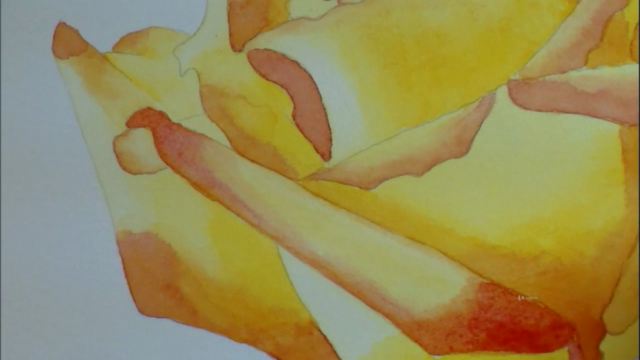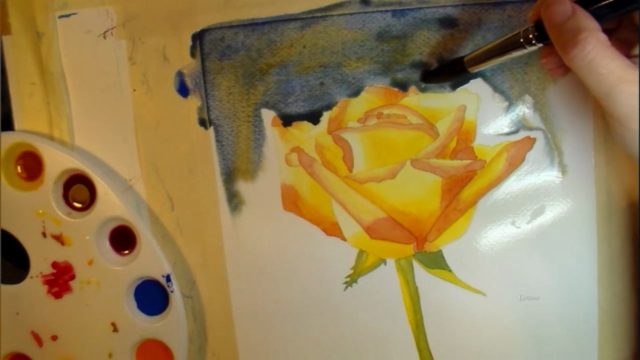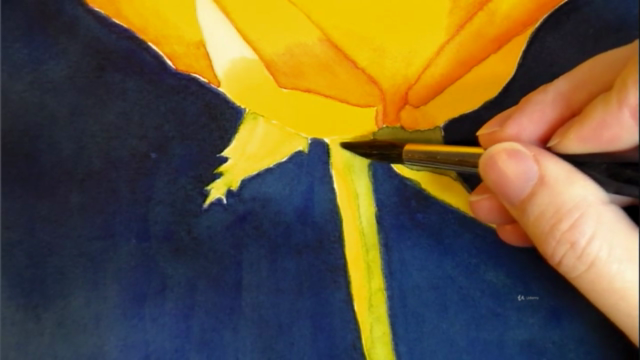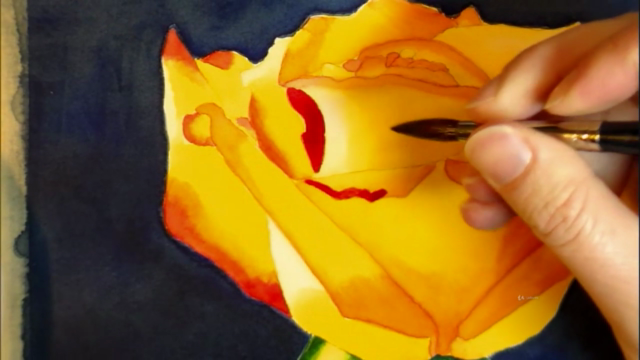Paint a Watercolor Rose - Watercolor Painting for Beginners

Why take this course?
🎉 Paint a Luminous Yellow Rose in Watercolor Step by Step! 🎨
UPDATED JULY 2017
Your Journey to Mastering Watercolors Begins Here!
This course is designed for students who want to learn how to paint bold, glowing watercolor paintings. Aura Lesnjak, a talented course instructor, will show you step-by-step how she achieves deep, vibrant colors through glazing, as well as various other techniques including scrubbing and lifting, color mixing, visual harmony, and achieving realistic colors.
What You Will Learn:
- Use the Right Color Combinations: Discover how to make your subject stand out with effective color usage.
- Create a Quick and Richly Colored Background: Learn how to create a stunning background without masking, enhancing the overall beauty of your painting.
- Glaze Multiple Layers of Colors: Understand the process of glazing to create a rich and realistic effect in your watercolor paintings.
- Paint with Plain Water: Yes, water can be a powerful tool in your artistic arsenal! Learn how to use it to create stunning effects.
- Mix Your Own Luminous Grays, Greens, and Oranges: Master the art of mixing these tricky colors to add depth and realism to your paintings.
- Fix Minor Problems Such as Blooms: Gain the skills to fix common issues like blooms effortlessly.
- Glaze and Lift Repeatedly: Learn to repeat glazing and lifting until you achieve the desired color and satisfaction with your painting.
Your Creative Adventure Awaits:
Aura will paint a yellow rose from start to finish in 13 comprehensive video lessons. Alongside these videos, you'll receive a list of recommended materials, a printable outline of this rose, and the original reference photo. These resources are designed to help you follow along with ease.
Beyond Roses:
The concepts taught in this course can be applied to any subject matter—landscapes, still-life, figures, and beyond. The techniques you'll learn will improve your watercolor paintings across the board, no matter what you choose to paint.
Who Is This Course For?
This course is perfect for anyone interested in watercolor painting, from beginner to expert levels. However, if you're looking for a quick, loose watercolor technique, this may not be the course for you. Aura's methods are about patience and precision, which are key to achieving that glowing effect.
Risk-Free Learning:
If you find that this course isn't quite what you were looking for, don't worry! Aura offers a 30-day money back guarantee. There are no questions asked—your satisfaction is paramount.
Easy to Follow and Reference:
The painting class contains videos of Aura doing the actual painting, with each process broken down simply and easily. At the end of the course, you'll find a video recap of each lesson, detailing the techniques and colors used, making it simple to reference back to any part of the class as needed.
Embark on your watercolor journey today and learn how to paint a luminous yellow rose that will captivate viewers with its vibrancy and realism. Sign up now and transform your watercolor skills! 🌹🎨
Course Gallery




Loading charts...